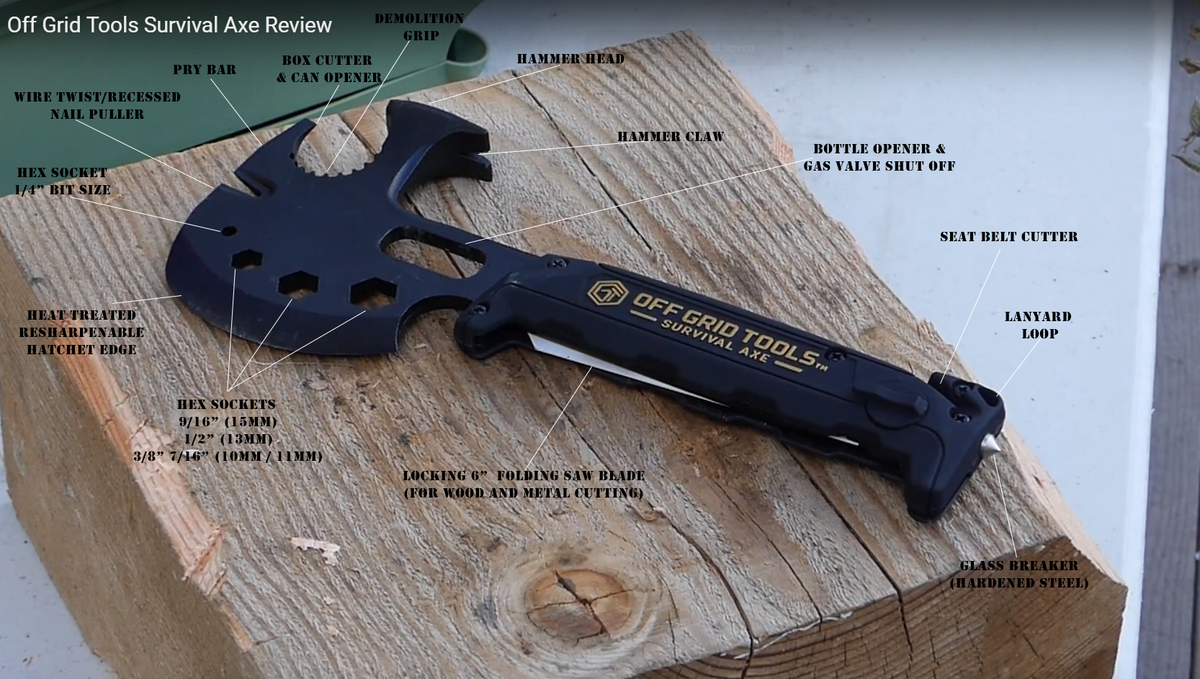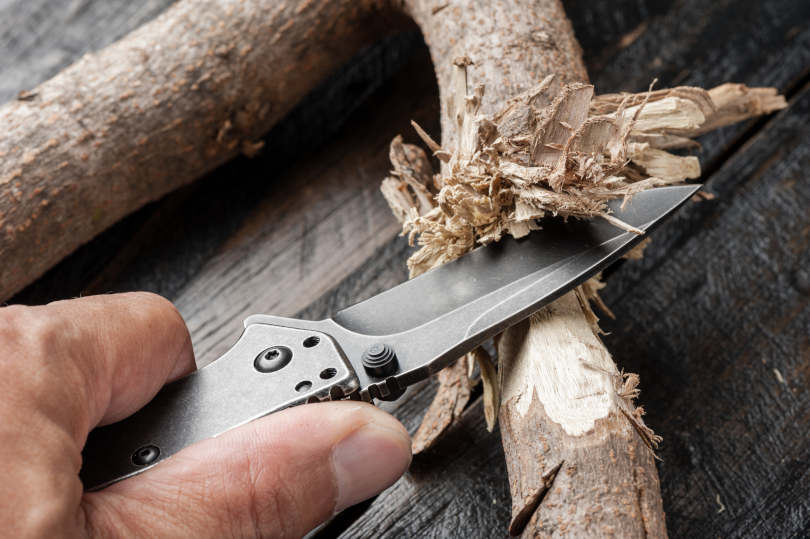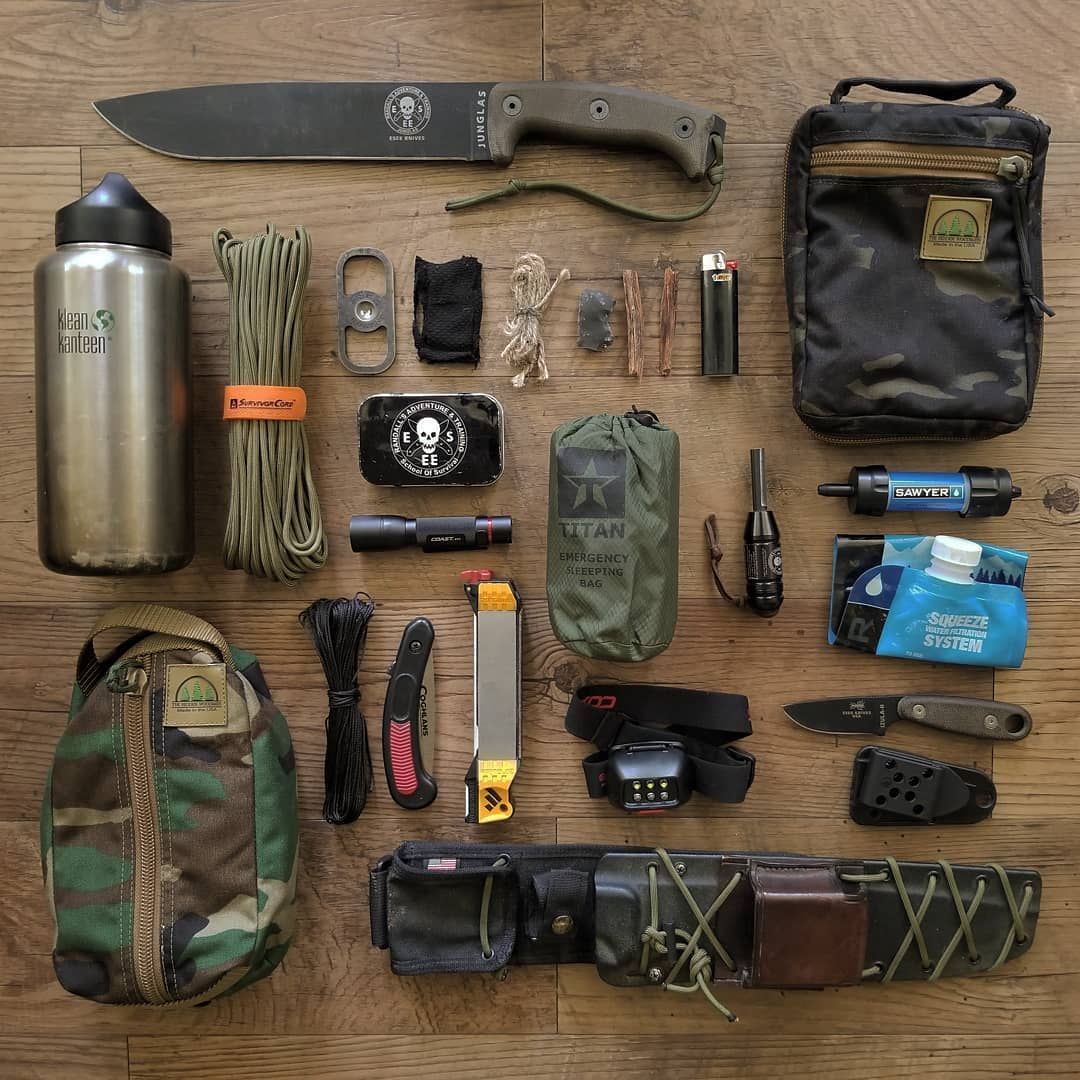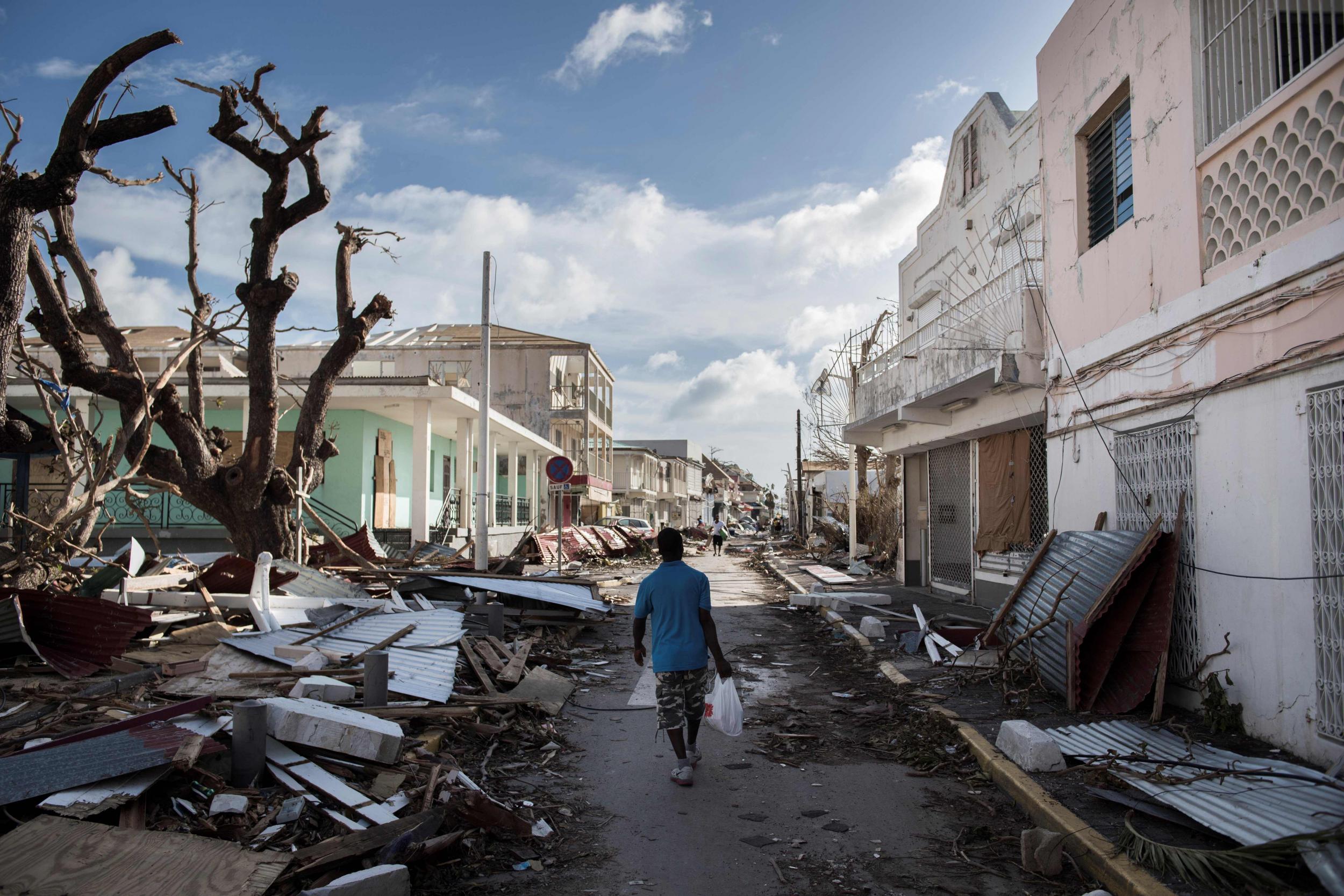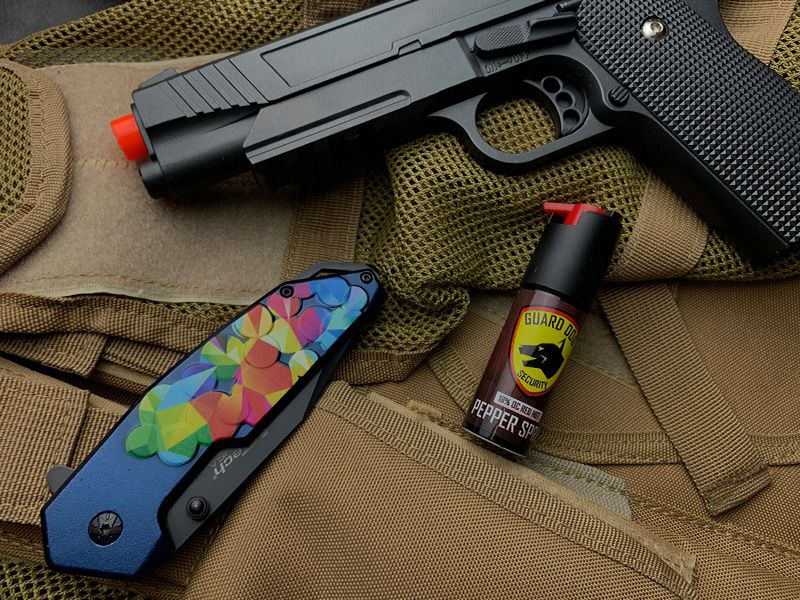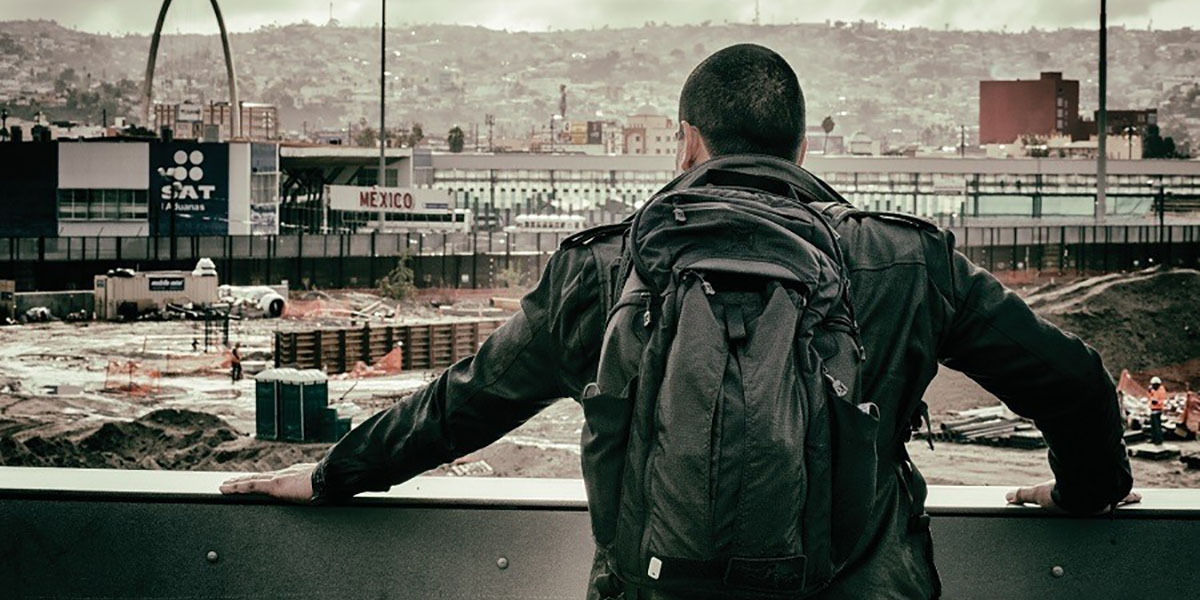The number of mega-cities—those with more than 10 million people in them—is increasing. The population of small cities of less than 500,000 people are growing rapidly.
When it comes to the U.S., the U.S. Census says over 62% of the population lives in urban centers. Yet, U.S. cities only take up 3.5% of the land mass of the country. That’s a lot of people crammed into small parcels of land. The average population density is nearly 1,600 people per square mile.
What does this mean when it comes to your survival in a SHTF scenario? Most likely, you are going to be in a city when it happens. Even if you live outside of the city, there is a good chance you work in the city. That means you spend a minimum of 8-10 hours a day in an urban center.
And all of this means that you need to have a solid set of urban survival skills, so you can survive whatever disaster might come along.
With that in mind, this urban survival guide provides the top 10 urban survival skills everyone should know. Keep in mind that I am not including general prepper skills that everyone should have no matter where they live. The focus here is on skills that will be particularly beneficial in an urban setting.
So, let’s dig in!
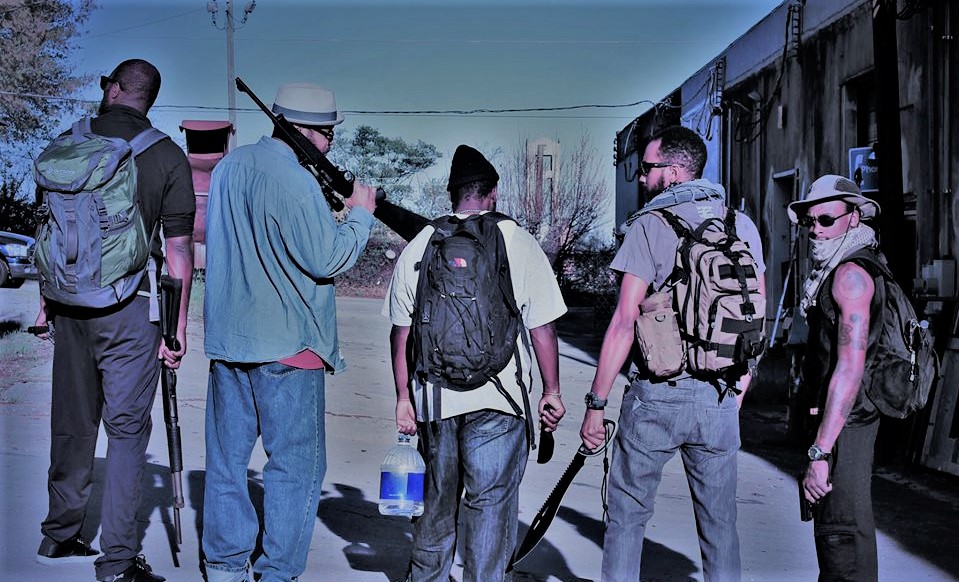
1. Blending In
The more you stand out in a SHTF scenario, the more danger you’ll be in. It’s that simple. Your survival depends on blending in. This is truly one of the most critical urban survival skills you can develop.
You have to become the grey man. That means you need to look as desperate and destitute as everyone else, whether you are or not.
Blending in at Home
You might have a nice stash of food, water, and supplies to last a few weeks at home. However, you still need to be out looking for help like everyone else. You need to be out there with your neighbors, wondering when help is coming and talking about the empty grocery store shelves. Blending in at home also means the following:
- Don’t have lights on at night when the power is out.
- Don’t let the smell of food emanate from your home.
- Wear normal clothes.
- Be discreet about your preps.
Blending in on the Move
When you are moving through the city streets, you want to keep as low-key as possible. If you have anything that looks valuable, you will become a target. And when I say valuable, I mean something to eat or drink or anything else that will help someone stay alive.
Try not to carry a backpack, if possible. Keep anything you need concealed on your person. Of course, this is difficult if you have to bug out and your pack is with you. If you do have a pack, make it look grungy and don’t stuff it full. The nicer and fuller it looks, the more of a target you become.
2. Finding and Purifying Water
Finding water in the city may or may not be easy, but it sits at the top of the urban survival skills list. The best scenario, assuming you are still at home, is that water will still run from your taps. But you should know how to find water if you can’t get it from your taps or if you are on the move.
Collect Rainwater
If you are still in your home, you can set up a rainwater collection system. Collecting the rainwater from your roof or on your apartment balcony is perfect. Ideally, you have this set up long before disaster strikes.
You can set up a simple catchment system with rainwater barrels with screens to keep out debris. On an apartment balcony, you can use 5-gallon buckets instead.
Lakes, Rivers, Ponds, and Fountains
There are always bodies of water in a city. Whether you live near a river, lake, or downtown fountain, there is water you can access. Bring containers to carry it to your shelter or drink it on the move.
Building Water Taps
Large public and private buildings, particularly in the downtown core of a city, have outside water access. This means, as long as water is still flowing through the taps, you can get water. In fact, sometimes the hydrostatic pressure of water in the pipes will deliver water even when the water is no longer flowing—useful when water is scarce.
However, water access is restricted. You can’t just walk up to the tap and turn it on. Instead, you need a four-way Sillcock key to be able to turn on the flow of water. This is easy and inexpensive to buy at your local hardware store. Check out this video to see how the Sillcock key works.

Purifying Water
Unless you get water from a tap and you are 100% certain it is still safe to drink, you will have to purify the water. This is especially important in an urban setting where the close quarters can encourage disease to spread quickly throughout the water supply. There are a few ways you can purify drinking water:
- Boil it—this is the absolute easiest way to purify water
- Use bleach—two drops of bleach per quart of water
- Drop in water purifying tablets
- Use a portable water filter
3. Foraging and Scavenging
If the disaster lasts long enough, or society is permanently down, you will eventually run out of your stores of food. Or you might have to leave your home for some reason. That means, you will need to be able to find food and supplies while on the move.
For this reason, foraging and scavenging are urban survival skills that are critical to your survival.
Foraging
The urban center is full of all kinds of edible food. You just have to know how to find it. Quite frankly, the dandelions on people’s front lawns are edible. Plus, their roots make a good coffee substitute.
The point is, as long as you know what to look for, you can manage to feed yourself quite well. Here are examples of things you can forage in urban areas, such as parks, lawns, and empty lots:
- Greens—dandelions, lamb’s quarters, clover, wild onions, purslane, mint, nettle
- Berries and fruit—raspberries, wild apple trees, rose hips, wild grapes
- Mushrooms—just be 110% sure you know what you are picking because some mushrooms are deadly
These foods are incredibly nutrient-dense. For example, rose hips are higher in vitamin C than a single orange. LiveStrong reports that 100 grams of orange provides 53 mg of vitamin C and 100 grams of rose hips provides between 1,150 to 2,500 mg of vitamin C.
Identifying wild edibles is one of the urban survival skills you should be building right now. Know how to identify the ones that grow in your area and learn how to harvest and cook them. You might be surprised at what you find when you look hard enough.
You can also hunt the wild animals in your urban area. This is an option if you are really in need of food. Squirrels, ducks, rabbits, fish, and other small game can give you much-needed nutrition.
Scavenging
When the S has HTF and rule of law is no longer an issue, your survival might very well depend on what you can find. Fortunately, in urban areas, there are plenty of places you can get food, water, and supplies to keep you going.
Here are some examples of places where you can find the goods you need:
- Other houses
- Apartment buildings
- Office buildings
- Gyms
- Restaurants
- Grocery stores
- Department stores
- Dollar stores
- Gas stations
- Malls
- Airports
- Drug stores
Basically, any unoccupied building is fair game. They might have merchandise on store shelves or in their storeroom. There might be kitchens stocked with useful items. They might even have vending machines—not the ideal food, but it will do in a pinch.
However, there are some things to keep in mind when scavenging. First, you aren’t the only one. There will be others looking for the same things you are looking for. They might become an ally, or they might be a threat. Be on the lookout.
Second, because other people will be looking just as you will be, you might want to stay away from the more obvious places, such as Wal-Mart and Target, or even your local drugstore. Focusing on the places most people won’t think about right away, like office buildings and warehouses, might be the safer and more rewarding option.
Finally, it might be difficult getting into any of these facilities or buildings. You should have a pry bar and carry it with you. It will help you open doors, cabinets, vending machines, and anything else that is closed to you.
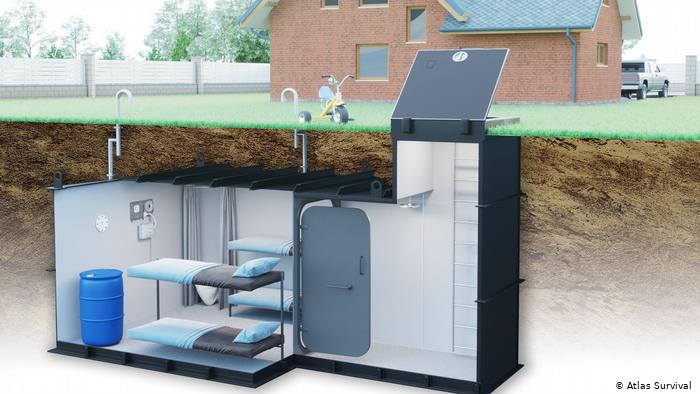
4. Finding Shelter
Unless you have a home you can stay in, such as an apartment or house, you might need to find shelter in an urban area. This is one of the critical urban survival skills many people don’t consider. Fortunately, there are many options, such as:
- Empty houses
- Office buildings
- Stores
- Malls
- Schools
- Hospitals
- Any other type of abandoned building
- Abandoned vehicles
You can even use things you might not normally consider, such as dumpsters, garages, sheds, and covered alleyways.
Again, to gain access to these places, you might need a pry bar to help you open doors. Just take the time to look around your area to find possible alternative shelters in case you ever need them. And be prepared to find other people living in these places already.
5. Moving with Stealth
No matter where your base of operations is within the city, you will have to leave it and move about the city from time to time. Your urban survival skills should include how to move about with stealth.
You simply don’t want to be noticed when you have to go from point A to point B. So, you have to learn how to get around without being seen. Here are some pointers on how to do that:
- Go on foot—even bicycles are too obvious.
- Stick to the shadows. You can keep to alleyways, paths, rooftops, and even take shortcuts through small buildings. You can also use the sewer system. Just be sure you know these passageways are safe and unoccupied or you could run into trouble.
- Get maps of the city and study them before you will ever need to survive in an urban setting. Practice moving with stealth if and when you can.
6. Getting Free of a Riot
If things are really bad, you can count on the fact that a riot will likely break out in your city. Stay as far away from it as possible, if you can. Unfortunately, this isn’t always possible because riots can break out quickly—in mere minutes.
If you find yourself in the middle of a riot, the best thing you can do is move with the crowd. Look as natural as possible as you move with them and slowly make your way at an angle toward the edge of the crowd. Try to stick with a small group of people if you break off from the crowd. This will draw less attention than breaking off on your own.
It’s also important to avoid eye contact or doing anything that will draw attention or result in confrontation. A crowd of scared or angry people is not something to mess with.
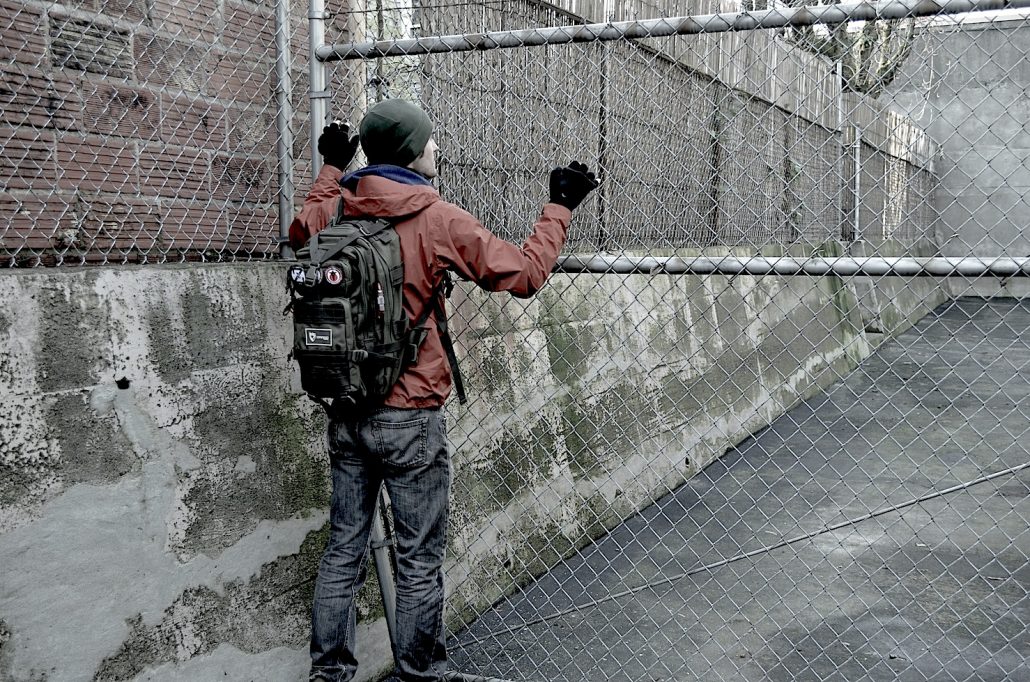
7. Security and Defense
Whether you are still in your own home or are on the move in the city, security and defense are paramount to your survival. Being in the city means that you are faced with being in the midst of a lot of desperate people. The worse the situation is, the more desperate they will be.
In other words, there is danger all around you all the time.
The first part of security and defense is to maintain situational awareness at all times and in all places. Always know what is happening in your neighborhood. Always know what is happening in the immediate area, even if you are not at home.
You must learn to constantly scan your surroundings to detect signs of trouble, such as:
- People running or screaming
- Someone following you
- Anything suspicious or out of the ordinary
- Unusual smells in the air, such as gas or smoke
Always have a self-defense plan in place. You should have self-defense training and urban survival weapons training long before the SHTF. You need to know what you’re doing before you need to do it.
And always secure your property.
8. Waste Managment
Waste management is a particular challenge in an urban environment. So, your urban survival skills should include how to deal with waste—both human waste and household waste.
Human Waste
When you are out of the city, there are plenty of places you can do your business and bury it. If you live on a rural property, you can have an outhouse.
But in the city, if the plumbing isn’t working, human waste disposal is a whole new ballgame. When this isn’t done properly, water and food sources will get contaminated and disease will spread like wildfire.
Probably the best solution to this problem is to invest in a composting toilet. They are pricy, but worth it. Next to this, get a 5-gallon bucket and make sure you can seal it tight. Have bleach and either kitty litter or sawdust on hand. You can sanitize the bucket and its contents with the bleach.
Of course, the time will come when you will have to bury fecal matter. When you do this, do it well away from water and food sources.
Household Waste
When there is no garbage pickup, household waste piles up quickly. You need to start learning how to minimize that waste and deal with it now. Reuse as much as possible. Think of ways you can use those empty cans, bottles, and boxes. Compost all of your organic waste.
Whatever you have left, you either need to burn it or bury it. Do this away from your home if possible, and certainly downhill from any sources of water you might have.
9. Fix-It Skills
Be a general handyman. Know how to fix and repair as many things as possible. No matter what disaster strikes, these types of urban survival skills will be invaluable. Your shelter might be damaged in a disaster, and if the event is long-term, things will wear out and break down over time. You need to know how to repair things like:
- Roofs
- Plumbing
- Generators
- Radios
- Filtration systems
- Vehicles
- Bicycles
- Survival equipment
- Flashlights
The more you know how to fix and maintain, the better off you will be. Would this knowledge be useful anywhere? You bet. But it is particularly vital when it comes to urban survival skills. Plus, knowing how to do these things will be of use if you want to trade your skills for something of value to you.
Which brings us to…
10. Bartering and Negotiating
Bartering and negotiating are good skills to have no matter where you are, but in an urban center, you are more likely to have people around to barter and negotiate with. Unless you are planning and able to leave the city, you are stuck there with the people around you and you had better start making deals.
Bartering
In essence, bartering is trading. It’s what humans did before we invented money. I’ll give you something you need in exchange for something I need. Things that are needed can include goods or services and knowing how to barter is a must in your list of urban survival skills.
For example, maybe you have been able to shelter in an abandoned house. You have a fair bit of food stocked up, but there is a huge hole in the roof. You can trade food with someone who has the skills to fix that hole.
Plus, there is a bunch of items that people will be grateful for when the SHTF—things they can no longer easily find. I’m not necessarily talking about food here. Instead, I’m talking about comfort items, items people are commonly addicted to, or other useful items such as:
- Alcohol
- Cigarettes
- Coffee
- Tea
- Chocolate
- Shampoo/conditioner
- Toothpaste/toothbrushes
- Soap
- Matches
- Batteries
- Shoelaces
- Salt
- Spices
- Feminine products
- Nail clippers
- Diapers
- Candles
- Water bottles and canteens
- Water purification tablets or kits
This list truly could go on and on. Stock up on and carry as much of this with you as you can.
Negotiating
Negotiating often goes hand-in-hand with bartering. However, it is useful in all sorts of situations. You need good social skills and high emotional intelligence to negotiate well. You might need to negotiate a deal, terms to a trade, or conditions when settling a dispute.
Start learning good negotiation skills now. Practice them as much as possible with the people you interact with every day. These skills may very well save your life one day.
Finally, you should have the right supplies ready to go for surviving in an urban setting…
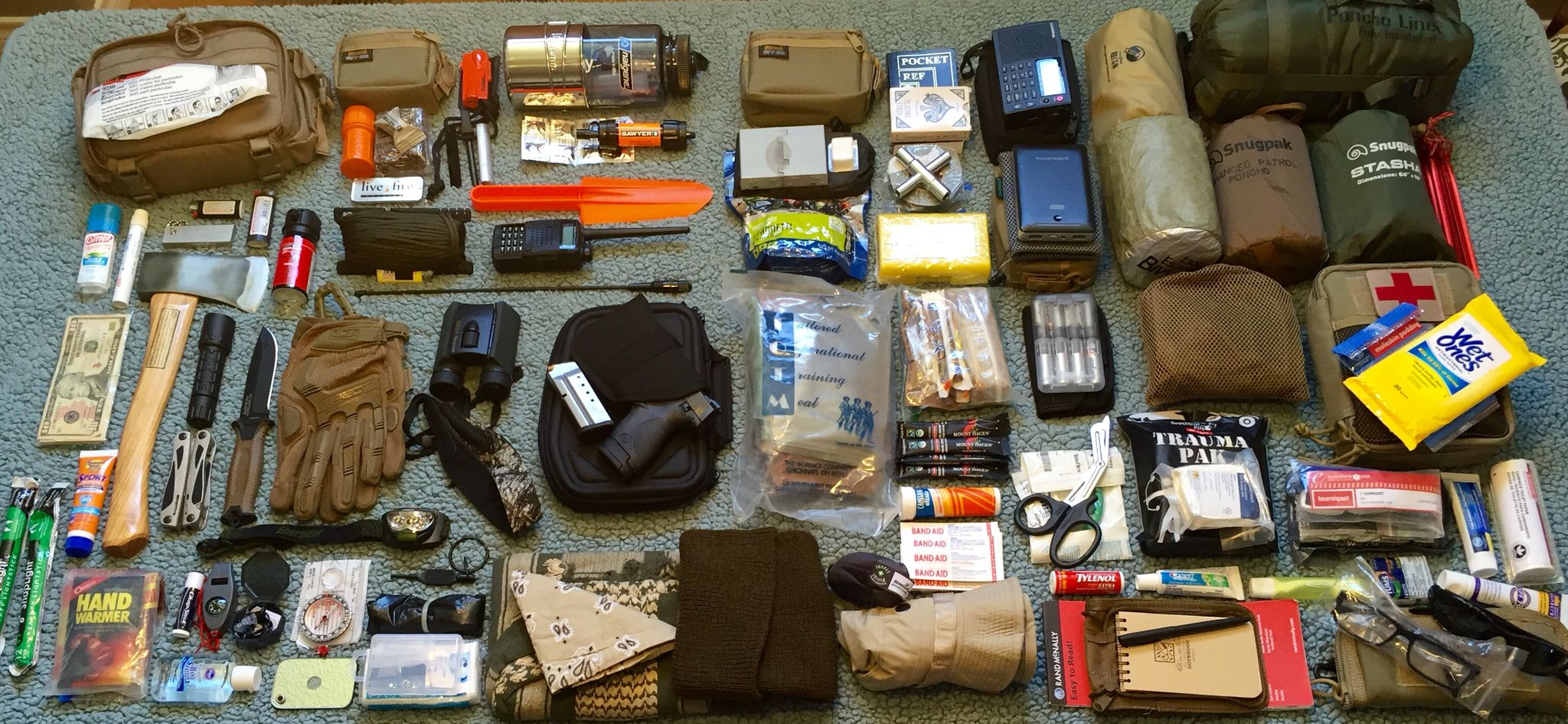
Urban Survival Kit List
You should have all the right urban survival gear to accompany the skills we have discussed here. You should have these things with you at all times, preferably in a get home bag or on your person.
With that in mind, here is a complete list of things you will need to include in your kit specifically for urban survival:
- Bottled water
- Food
- Can opener
- Utensils
- Warm clothing, such as a waterproof jacket
- Hat (one for summer sun and one for winter)
- Good shoes
- Concealed weapon (firearm, pepper spray, or taser)
- Flashlight and/or headlamp
- First aid kit
- Pry bar
- Bolt cutters
- Radio
- Lighter
- Paracord
- Folding knife
- Cash
- Bandana to protect against smoke or use as a bandage
- Eye protection, such as swimming goggles
- Gloves
- Whistle
- City map
- Permanent marker and sticky notes to leave messages for family and other group members
Remember that the bag you use for these items should not look fancy or tactical. The more normal and used it looks, the less likely it will be to attract attention.
It’s All Up to You
Developing these urban survival skills is completely up to you. The more you choose to learn and practice now, the better off you’ll be when disaster strikes. And the more prepared you will be compared to the people around you.
So, take the time to start learning these skills now. Just take it one skill at a time if you want. You’ll be glad you did.

